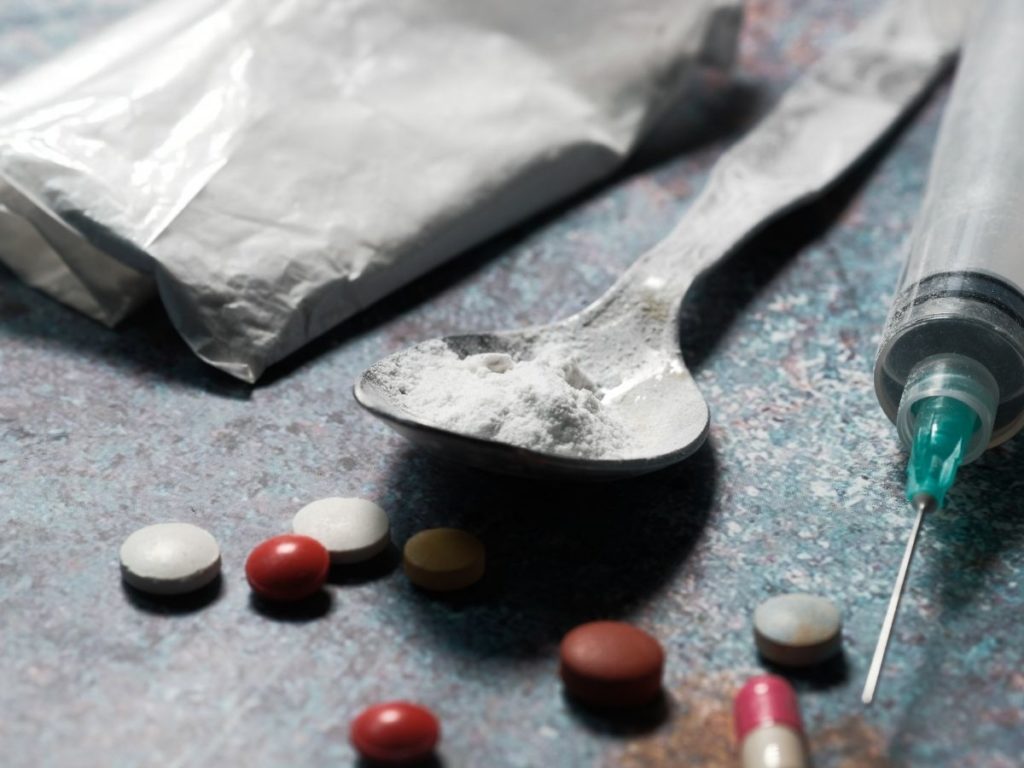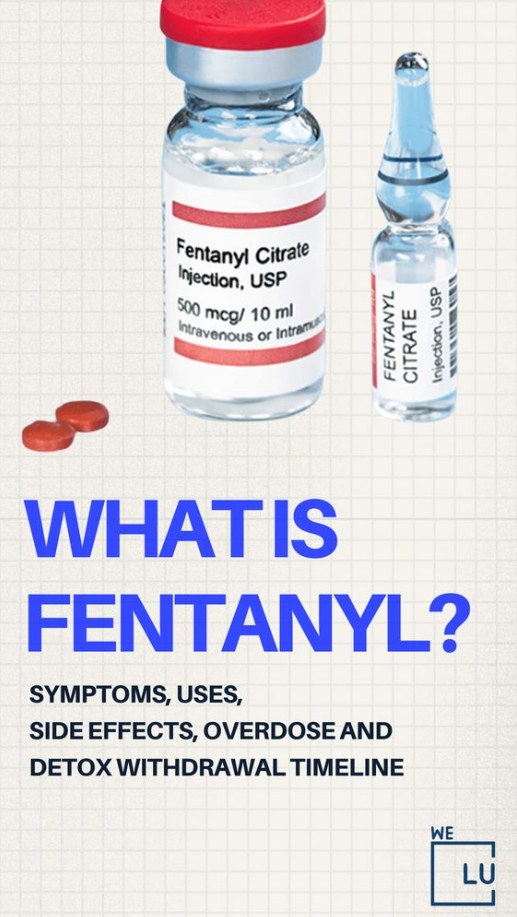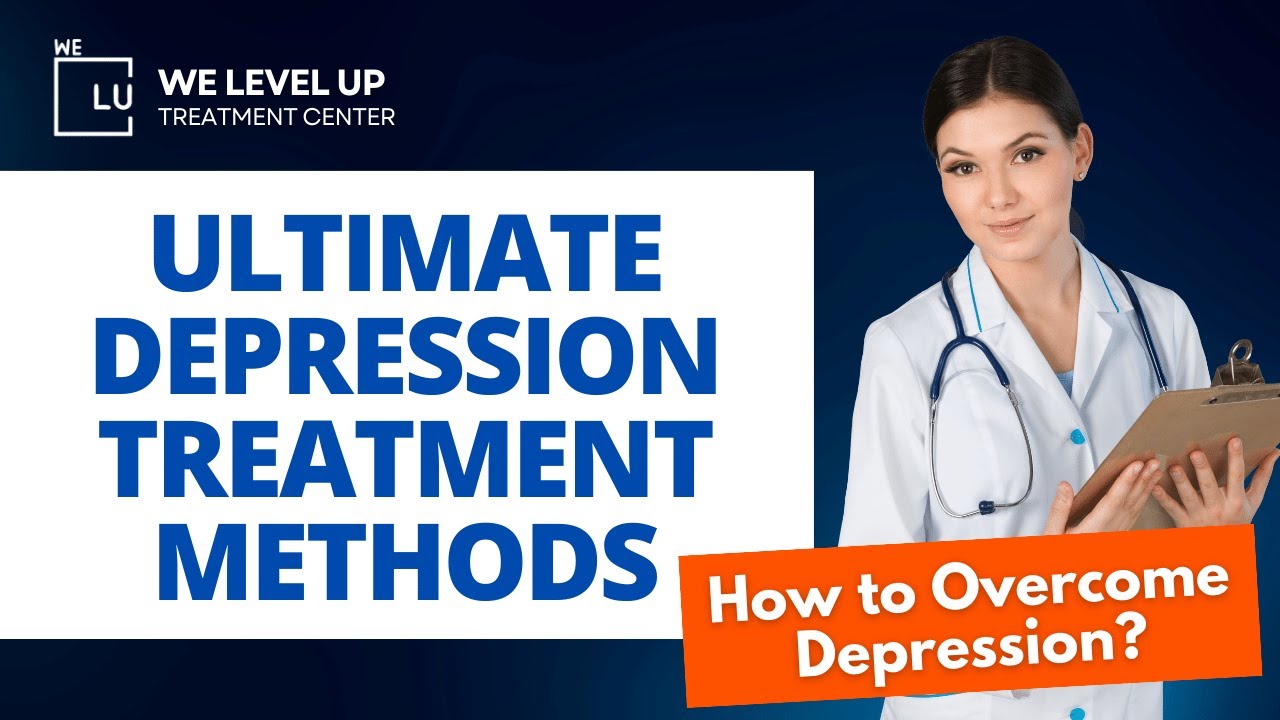What is Fentanyl?
Many experts describe what’s occurring to drive the drug overdose scourge as the contamination of abused drugs. The availability of fentanyl, its potent effects, and how cheap it is to cut heroin, meth, cocaine, and possibly other drugs are likely the big culprits. We now know that fentanyl and the contamination it brings to other addictive drugs are made, sold, and shipped to Americans from China. What’s more dangerous is that China has seemingly allowed the proliferation of fentanyl. This is another reason experts do not see any possibility of radical change in opioid withdrawal and overdose deaths for the rest of the current year. [1]
Fentanyl is a potent synthetic opioid similar to morphine but is 50 to 100 times more powerful. It is a prescription drug that is also made and used illegally. Like morphine, it is a medication typically used to treat patients with severe pain, particularly after surgery. However, it is also sometimes used to treat patients with chronic pain who are physically tolerant to other opioids. Tolerance happens when you need a higher and/or more frequent drug to get the desired effects.
Synthetic opioids, including fentanyl, are now the most prevalent drugs involved in drug overdose deaths in the United States. In 2017, 59.8 percent of opioid-related deaths involved fentanyl compared to 14.3 percent in 2010. [2]
U.S. drug overdose deaths rose nearly 30% in 2020, driven by synthetic opioids. Fentanyl is 50 times more potent than heroin, and it is now often mixed into other widely used illicit drugs, usually when the user is careless.

Why Do People Take Fentanyl?
Like heroin, morphine, and other opioid drugs, fentanyl works by binding to the body’s opioid receptors, which are found in areas of the brain that control pain and emotions. After taking opioids many times, the brain adapts to the drug, reducing its sensitivity, making it hard to feel pleasure from anything besides the drug. When people become addicted, drug-seeking and drug use take over their lives. [3]
Drugs that cause comparable effects include other opioids such as morphine, hydrocodone, oxycodone, hydromorphone, methadone, and heroin. Fentanyl, like other commonly used opioid analgesics (e.g., morphine), produces effects [4] such as:
- Relaxation
- Euphoria
- Pain Relief
- Sedation
- Confusion
- Drowsiness
- Dizziness
- Nausea
- Vomiting
- Urinary Retention
- Pupillary Constriction
- Respiratory Depression
Is Fentanyl Addictive?
The illegally used fentanyl most often linked with recent overdoses is manufactured in labs. This synthetic fentanyl is sold unlawfully as a powder, dropped onto blotter paper, put in eye droppers and nasal sprays, or made into pills that look like other prescription opioids.
Fentanyl Addiction Symptoms
- Skipping social meetings to use Fentanyl
- Using Fentanyl to avoid opioid withdrawal effects and negative symptoms
- Failing to quit when one wants to do so
- Tolerance or needing to use more to achieve the same high
- Be dependent
Some drug dealers combine fentanyl with other drugs, such as heroin, cocaine, methamphetamine, and MDMA. This is because it takes very little to produce a high with fentanyl, making it a cheaper option. This is very risky when people taking drugs don’t realize they might contain fentanyl as a cheap but dangerous additive. They might be taking more powerful opioids than their bodies are used to and can be more likely to overdose. [5]

A person can overdose on fentanyl. An overdose happens when a drug produces severe adverse effects and life-threatening symptoms. When people overdose on fentanyl, their breathing can slow or stop. This can reduce the amount of oxygen that reaches the brain. A condition called hypoxia. Hypoxia can lead to a coma and permanent brain damage, and even death.
Overdose May Result In:
- Stupor
- Changes in Pupillary Size
- Cold and Clammy Skin
- Cyanosis
- Coma
- Respiratory Failure leading to death
A triad of symptoms such as coma, pinpoint pupils, and respiratory depression strongly suggests opioid poisoning.
Fentanyl Withdrawal
It is never recommended to stop taking a drug like fentanyl “cold turkey,”, especially without professional supervision and aid. Fentanyl withdrawal may be tempered with a slow removal of the drug over a period of time, called tapering, or through medical detox.
Fentanyl Withdrawal Symptoms
The potential side effects of fentanyl withdrawal that occurs when the drug leaves the bloodstream:
- Yawning
- Sweating
- Restlessness
- Tearing up
- Runny nose
- Chills
- Backache
- Stomach cramps
- Pain in joints and/or muscles
- Body hair standing on end, or bristling
- Muscle weakness
- Nausea and/or vomiting
- Anorexia
- Diarrhea
- Elevated heart rate
- Hypertension
- Increased respiratory rate
- Insomnia
- Anxiety
- Pupil dilation
Fentanyl withdrawal likely peaks in the first few days and levels off within a week or so.
Fentanyl Withdrawal Timeline
Opioid withdrawal usually begins within 12-30 hours of the last dose of an opioid, the National Library of Medicine (NLM) reports. Fentanyl, in patch form, is an extended-release medication with effects that may continue to increase for the first 12-24 hours of wearing it, lasting up to 72 hours total, according to the labeling information provided by the U.S. Food and Drug Administration (FDA) for Duragesic. With a half-life of around 17 hours after removal of the patch, Fentanyl withdrawal likely begins around a day or so of taking it off. [6]
Fentanyl Withdrawal Cold Turkey
As sudden discontinuation of fentanyl may induce opioid withdrawal, individuals may instead choose to slowly taper off the drug. Tapering is the slow removal of fentanyl over a set period of time, and it is also called weaning off the drug. This must be performed under the direction and watchful eye of a medical professional who can set up a tapering schedule that may be able to keep fentanyl withdrawal symptoms from manifesting by keeping some of the opioid drugs in the system. By slowly removing the drug and not stopping “cold turkey,” opioid withdrawal may be managed.
Medical Detox Treatment
When the use of drugs and alcohol ends, the addiction withdrawals begin. They’ll begin to have cravings that endure even with the knowledge of the adverse effects. Medical detox is critical in ensuring the fentanyl withdrawal is manageable and reaches completion as well as that it does not become dangerous and life-threatening. Fentanyl addiction needs detoxification the most.
How Long is Fentanyl Detox?
The length of detox depends on how long an addict has been using fentanyl. The average withdrawal symptom timeline lasts from 4-10 days for short-acting forms of fentanyl such as Actiq, and 10-20 days for long-acting forms, such as Duragesic.
Opiate Detox
Clearing drugs from the body and overcoming withdrawal symptoms is the goal of detox, which is the first step of treatment for fentanyl addiction. You need to detox to obtain recovery in a safe and medically supervised setting. We Level Up TX treatment center medically assist clients in clearing their systems of addictive substances.

For anyone who suffers from fentanyl addiction, just the thought of having to stop using can cause severe mental distress. But, with the help of a medical detox center, the medical detox process is managed. In addition, a comprehensive team prescribing medications can alleviate your withdrawal pains while monitoring your health 24 hours. Thus, assuring both your safety and comfort.
Moreover, after the detox, We Level Up TX’s residential care program will slowly and effectively introduce the individual into an atmosphere of therapeutic growth. Marked by Master’s level therapists, clinicians, group counselors, psychiatrists, and a community of like-minded individuals with the same aim: to attain sobriety and live a great life.
Fentanyl Addiction Treatment Options
Like other opioid addictions, medication with behavioral therapies is efficient in treating people with fentanyl withdrawal addiction. [7]
- Medications: Buprenorphine and methadone work by binding to the same opioid receptors in the brain as fentanyl, decreasing cravings and withdrawal symptoms. Another medication, Naltrexone, blocks opioid receptors and prevents fentanyl from having an effect. People can review treatment options with their health provider.
- Counseling: Behavioral therapies for addiction to opioids like fentanyl can improve people’s attitudes and behaviors associated with drug use, develop healthy life skills, and help them stick with their medication. Some examples include:
- Cognitive Behavioral Therapy: This helps adjust the client’s drug use expectations and behaviors and efficiently handle triggers and stress
- Contingency Management: This uses a voucher-based system giving clients “points” based on negative drug tests. They can use the points to earn items that promote healthy living
- Motivational Interviewing: This is a client-centered counseling style that addresses a person’s mixed feelings to change
These behavioral treatment approaches have proven useful, mainly when used along with medications. If you or a loved one is struggling with fentanyl withdrawal addiction, you may reach out to us. We Level Up TX counselors are always ready to answer any of your possible questions.
Sources:
[1] WE LEVEL UP IS REMAINING OPEN DURING COVID-19 – https://welevelup.com/treatment/news/open-during-covid-19/
[2,3,4] Fentanyl DrugFacts – National Institute On Drug Abuse
[5] Fentanyl – United States Drug Enforcement Administration
[6] Fentanyl Withdrawal: Symptoms, Timeline & Rehab Treatment – https://americanaddictioncenters.org/withdrawal-timelines-treatments/fentanyl
[7] Fentanyl Addiction – We Level Up Rehab Center





